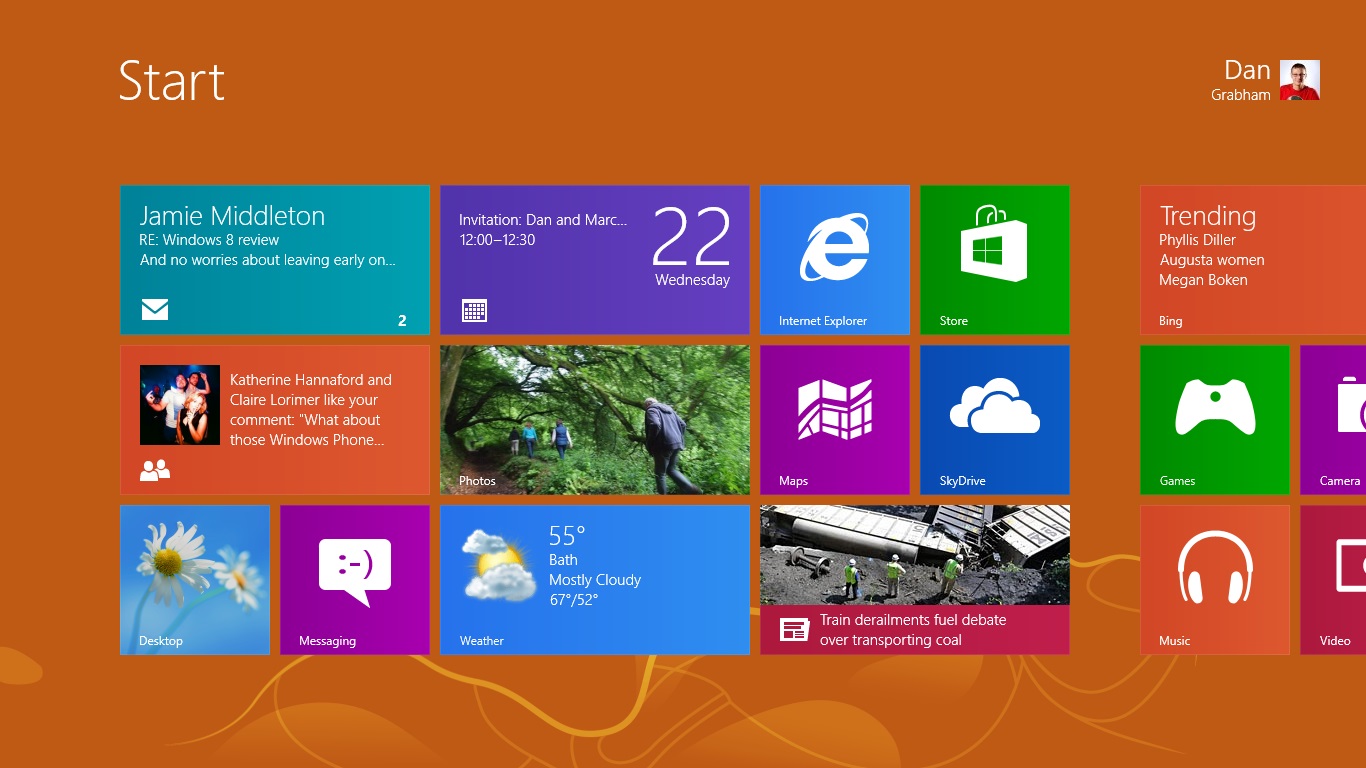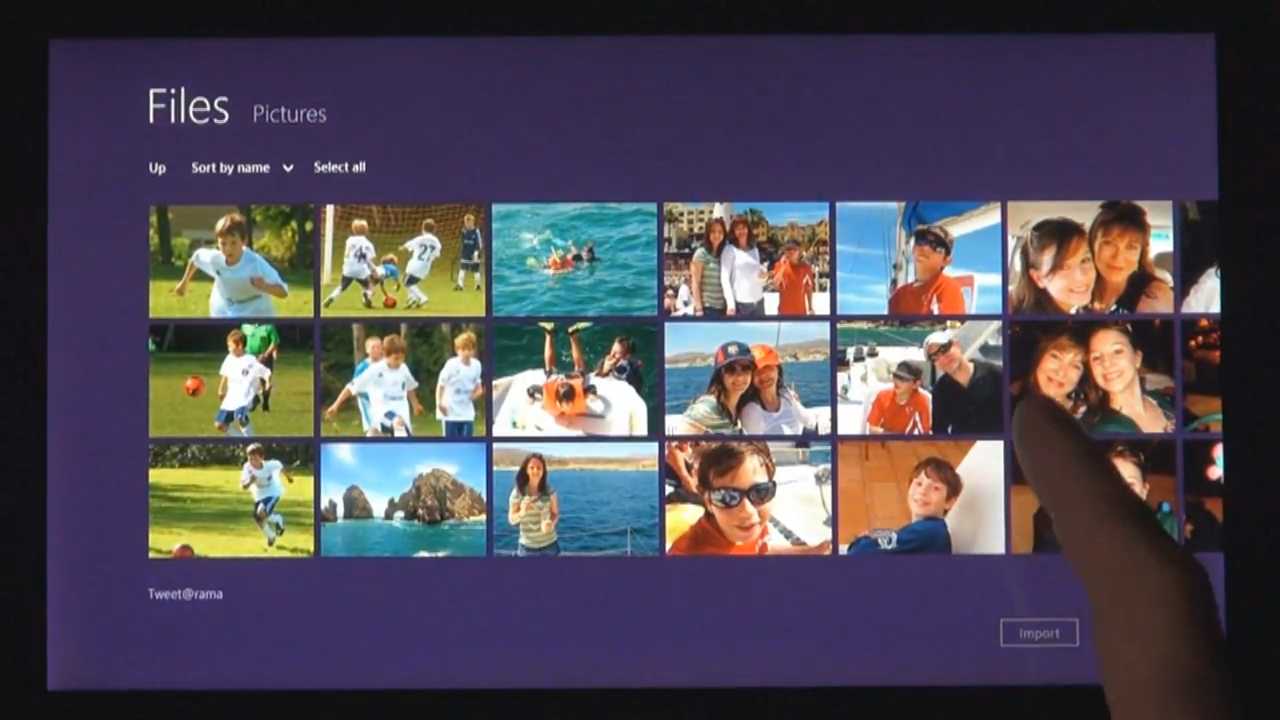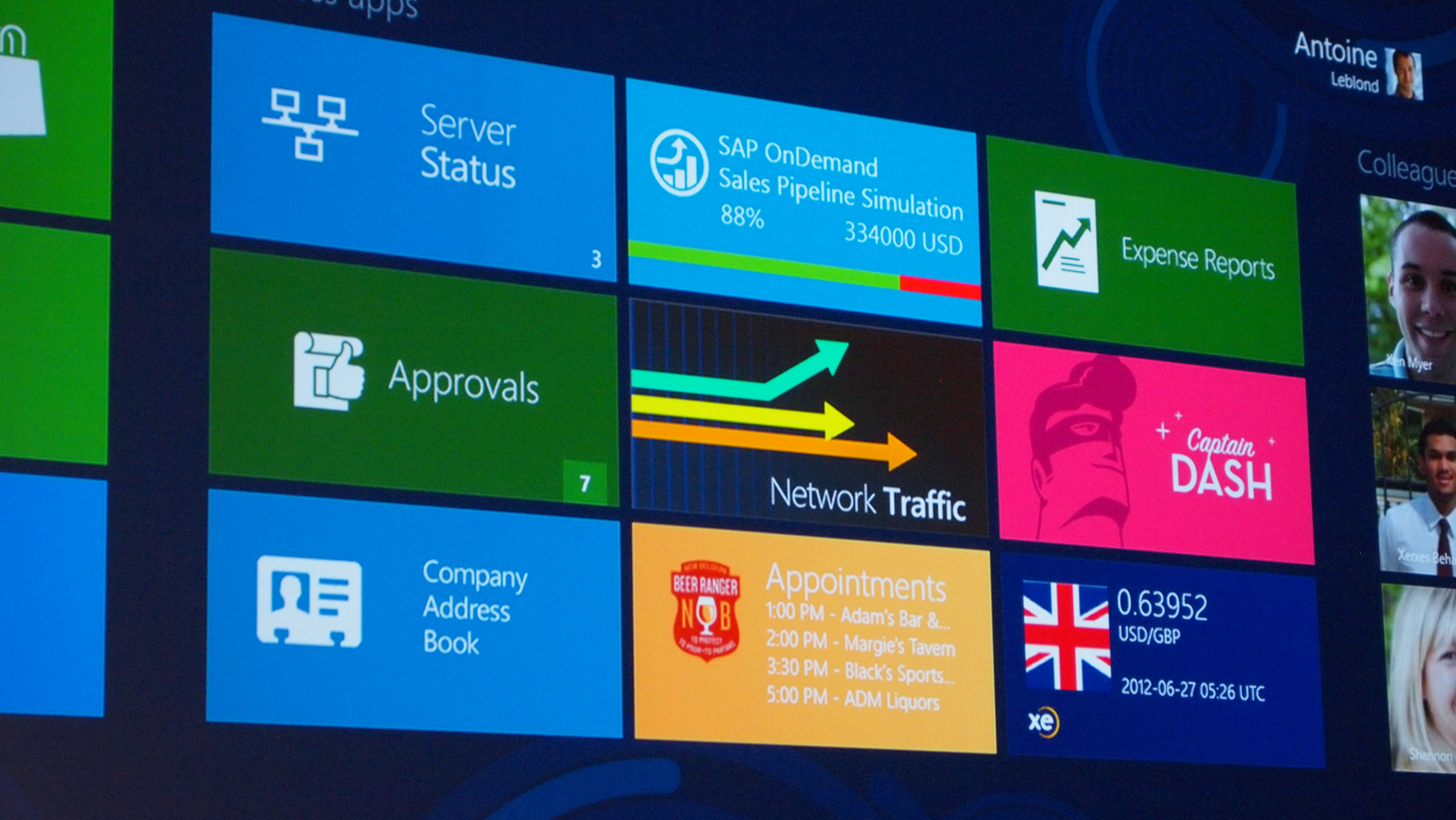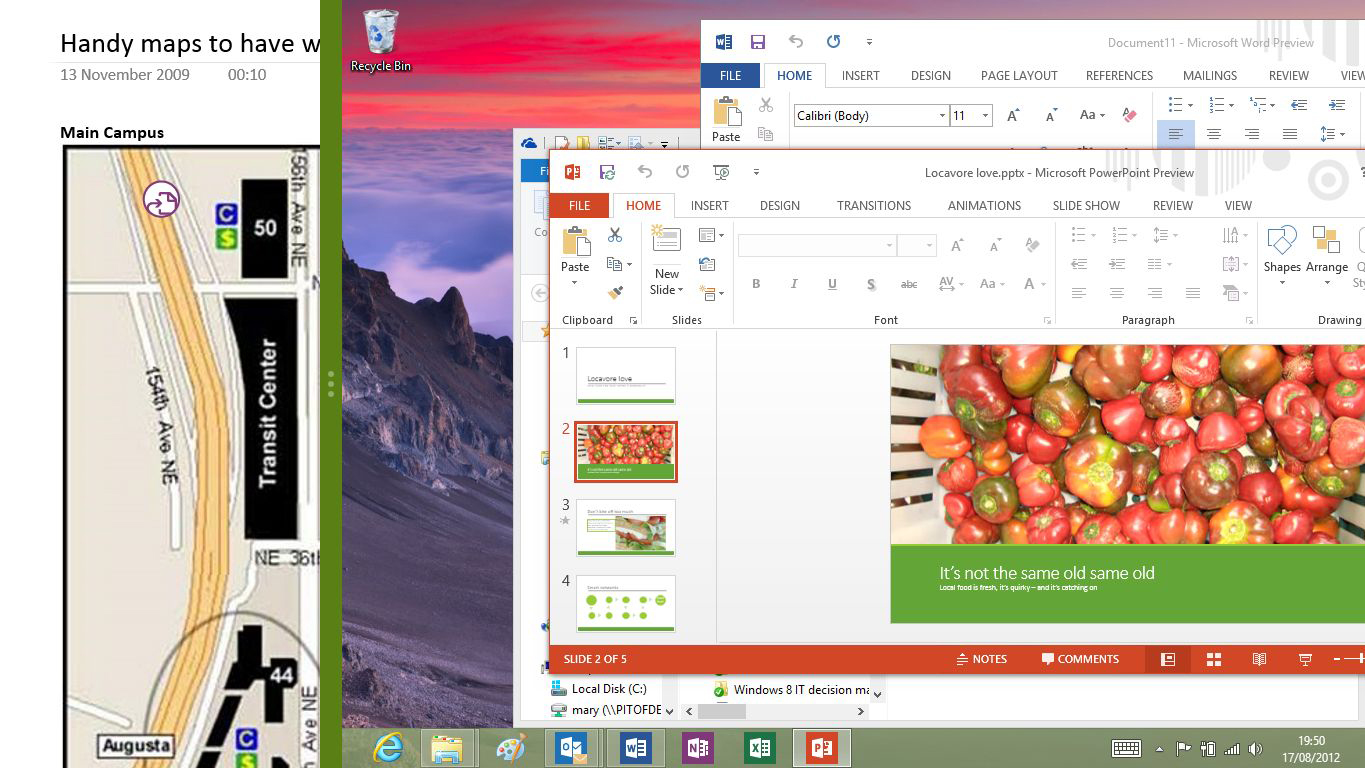Windows 8 vs Windows 7: 8 ways it's different
A brand new interface, Windows Store, ARM support and more

Windows 8 is a totally new version of Windows that, in addition to the traditional desktop, also includes a new-style interface for use with touchscreens - whether that's on a touchscreen laptop, all-in-one PC or tablet.
And, while not all PCs will be touchscreen when Windows 8 launches, expect more and more devices to have touchscreens towards the new year - even if it's a traditional laptop.
Windows 7 was a big hit for Microsoft, turning things around from the troublesome Windows Vista and reminding people that the Redmond giant was not quite ready to hang up its hat just yet.
The Windows 8 release date is here and the challenge for Microsoft is how it builds on the success of Windows 7 and show that Windows can work on iPad-like tablets. But it still needs to dominate on laptops and desktops.
Windows 8 isn't a phone OS - but does share a great deal of design language and code with its sibling, the new Windows Phone 8.
Here are 8 key differences that Windows 8 brings to the table.
1. Windows 8 touch
Obviously the most obvious difference between Windows 8 and its popular predecessor is the user interface.
Are you a pro? Subscribe to our newsletter
Sign up to the TechRadar Pro newsletter to get all the top news, opinion, features and guidance your business needs to succeed!
Windows 7 supported touch, but it wasn't ideal - the controls simply weren't good enough. However, things have improved immeasurably in terms of the touch support in Windows 8. First of all, touch support on the Desktop is far, far better and you can even close windows and select menu items without issue - Windows has built-in intelligence to tell it what you are trying to do.
Secondly, the new Start Screen is an interface that's built for touch. That means tiles instead of menus and much quicker ways to get to the programs you want. There's also greatly improved on-screen keyboard and handwriting recognition.
You don't need to have a Windows 8 touch PC - the interface still works on non touch machines, and many trackpads have support for new Windows 8 gestures. There are also peripherals such as touch mice and trackpads from Microsoft and Logitech (among others) that support Windows 8 gestures.

2. Windows 8 Start screen
Microsoft the familiar Start menu is a Start screen which features the same kind of live tiles and data as Windows Phone's home screen,
When you open an app that needs the desktop you still get the familiar Recycle Bin and Taskbar, but the Start button - which now only appears when you hover in the bottom left corner with your mouse - takes you back to the Start screen.
The Start Screen can be used as an application launcher for desktop apps, or Windows 8 Modern UI apps (that's what Microsoft is currently calling the new interface).

3. Better multiple monitor support
Microsoft has decided that, with more of us using multiple monitors on our PCs, that it needed to overhaul its desktop management.
That means you can now have the Start Screen on one monitor and the desktop in another, or choose to have the Windows 8 Desktop and taskbar on both screens.
You can also put a different background on each screen if you have multiple monitors. Windows 8 also enables you to split screen between Modern UI Windows 8 apps, so you can have both your Windows Messenger on a third of the screen alongside your Desktop. This takes a bit of getting used to!

4. Windows 8 charms
A key arrival for Windows 8 is what Microsoft is calling Charms. These appear when you mouse to the right-hand side of the screen or swipe in from the right on a touchscreen.
They enable you to access the Start Screen on a touch device (although many touch devices will also have a physical Windows 8 button on the bezel of the screen or a Windows key on the keyboard).
Dan (Twitter, Google+) is TechRadar's Former Deputy Editor and is now in charge at our sister site T3.com. Covering all things computing, internet and mobile he's a seasoned regular at major tech shows such as CES, IFA and Mobile World Congress. Dan has also been a tech expert for many outlets including BBC Radio 4, 5Live and the World Service, The Sun and ITV News.